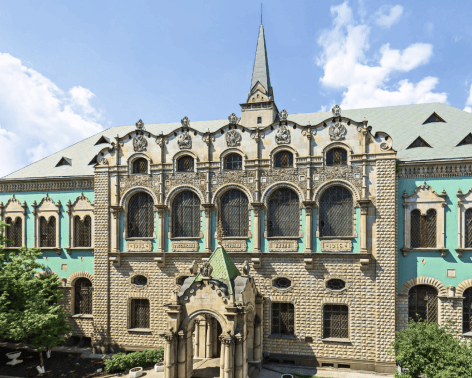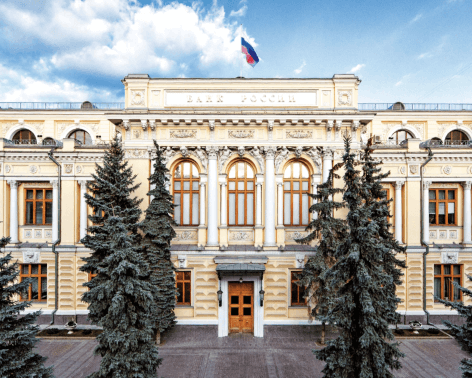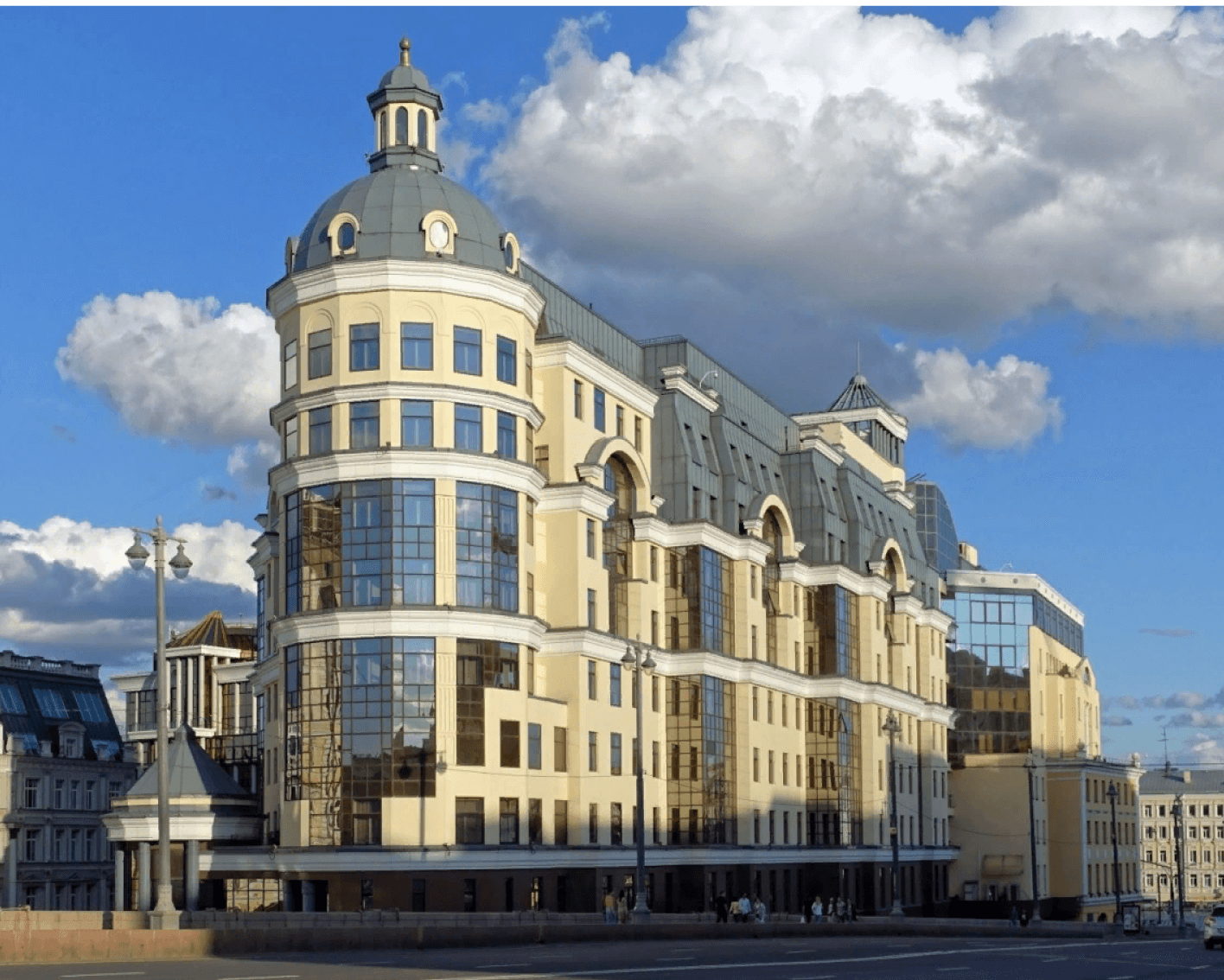About the museum
The Central Bank of the Russian Federation has a history of over 160 years. During this time, it amassed a vast knowledge base on the evolution of money in Russia and around the world. We research the history of financial systems and share our findings with you. Our museum exhibitions are available in 51 cities.
As a megaregulator of the financial market, the Bank of Russia has information on all stages of money life and participants in monetary relations. The historical archive of the regulator is a unique storage cherished by the Bank’s employees who open access to it during tours and lectures.
We conduct guided tours for kids and adults. We explore what money is and how it appeared, how it was counted, transported, and kept for thousands of years. How finance was managed in ancient times and now by central banks of different countries. Find out which events influenced prices and world currencies exchange rates. We see money as a part of international relations and global culture reflected in the works of art, literature, and painting. Explore the history of the ruble, which is among the world’s most secure banknotes and coins, and its transformation from a silver bar to polymer banknotes and electronic means of payment. We manage Europe’s largest cash centres which process millions of banknotes and coins every day. We follow the life cycle of banknotes from production to disposal. We look at ancient and modern money under a microscope and find out how their security features evolved: how the text and colours of the paper changed, and secret machine-readable security features appeared over time.
excursions


 75 000
visitors per year
75 000
visitors per year
 how to visit the museum
how to visit the museum



virtual exhibition
House for the bank
current events

COLLECTION
Our collection includes 68,000 items: rare coins of ancient Russia, medieval principalities and the unified Russian state; coins and banknotes of the Russian Empire and the USSR, as well as of foreign countries. Among the most valuable items are large gold bars, medals, posters, autographs of state and financial officials (including Prince Alexander Nikolayevich, the future Emperor Alexander II, as well as the last tsar Nicholas II), ancient money counting devices, safes, presses for minting coins, money transportation equipment, and documents revealing the secrets of financial management. The museum holds the most complete collection of Russian commemorative coins in this country. Exhibits in different cities differ in scale and range, but all of them are a part of the history of the Bank of Russia.
We understand that the museum capacity is limited. However, there are many people who want to know the secrets of the history of the bank and see the valuables that are kept with us. So we organise exhibitions at the city and other museum locations, totalling about 1,000 projects in 300 various cities and communities a year. We make knowledge about the history of money accessible to everyone.
TOURS IN MOSCOW

KOPECK HOUSE

NEGLINNAYA, 12

BALCHUG ISLAND
HISTORY OF THE MUSEUM
The first plans to create a museum in the country’s central bank date back to the beginning of the 20th century. In 1902, accountant Nikolay Kazin submitted to Eduard Pleske, Head of the State Bank, a project to open a museum in one of the Bank’s premises in Saint Petersburg. Nikolay Kazin was ready to give to the future museum his personal collection of banknotes and manuscripts of the finance ministry officials. However, a fast change of the bank management, revolutionary events and wars pushed aside the idea of establishing a museum in the bank for many decades.
It was partially realised only in 1971, when an exhibition opened in the building of the Board of the USSR State Bank to mark the 50th anniversary of the Bank. At the same time, a collection of documents was published on the development of the State Bank since 1917.
In 1980, through the efforts of enthusiasts, work began towards the creation of the Museum of Military and Labour Glory of Bank Employees of the RSFSR. It was inspired and organised by Lev Dobkin (1908−1997), who was a banker, an economist and an extraordinary personality. One of his hobbies was writing poetry for children, which was highly appreciated by Samuil Marshak at the time. The museum holdings were based on the items donated by the veterans and territorial branches of the Bank. The museum was designed exclusively for visitors of the State Bank.
In parallel, in 1987, first exhibits appeared in the building of the Board of the Bank, which included old banknotes, commemorative coins and gold nuggets from the bank vault.
In the late 90s, during the preparations for the 140th anniversary of the State Bank, the question arose about the need to create a full-fledged museum that would operate in accordance with all the professional canons of museum business.
In 2005, the first public exhibition ‘Russian Ruble: Milestones of History' opened in the building of the Bank of Russia at 12 Neglinnaya Street, and also exhibitions began to be held in various cities and towns. Some included just a few racks of banking equipment, while others boasted of solid collections displayed in vaults and historic operations halls.
Since then, thousands of people have been visiting Bank of Russia Museum exhibitions across the country. In these unique repositories of knowledge about the world of money, people not only learn a lot of new things, but also find answers to the tough questions that the complex and interesting world of finance poses to us every day.

